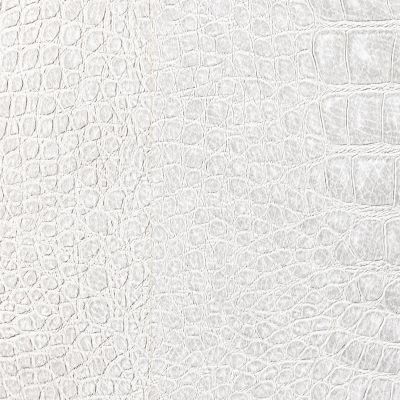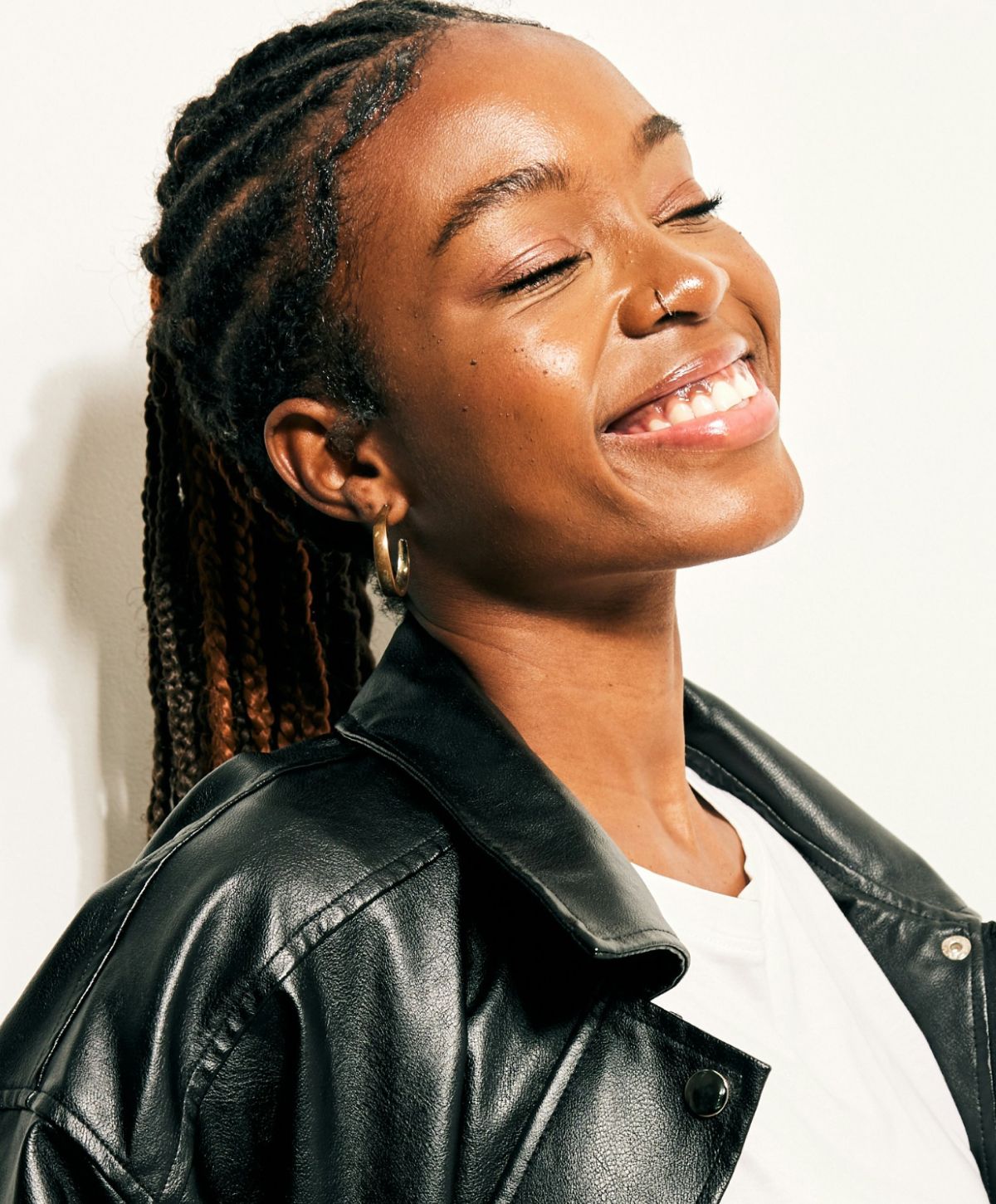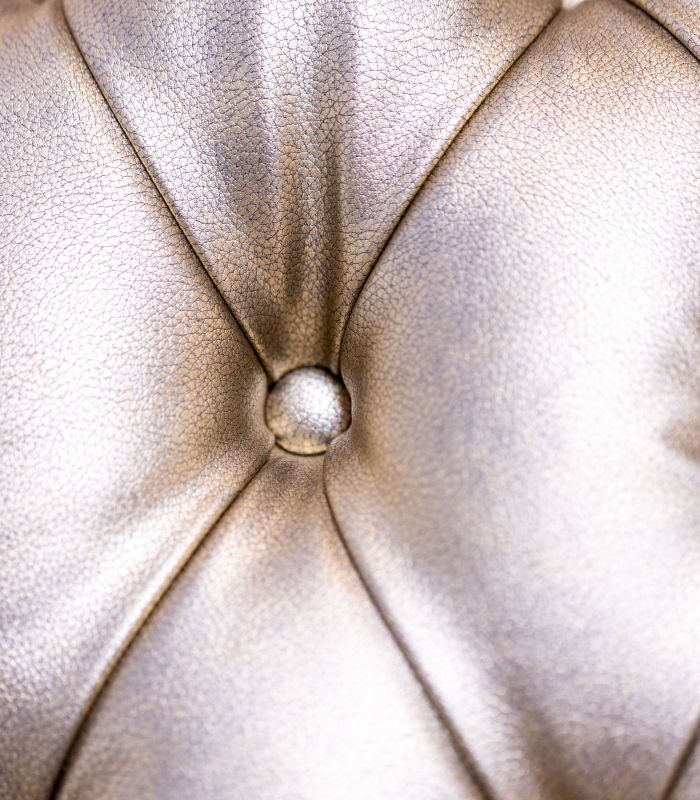Is Labiaplasty Right for You? A Guide to Costs, Benefits, and Realistic Expectations
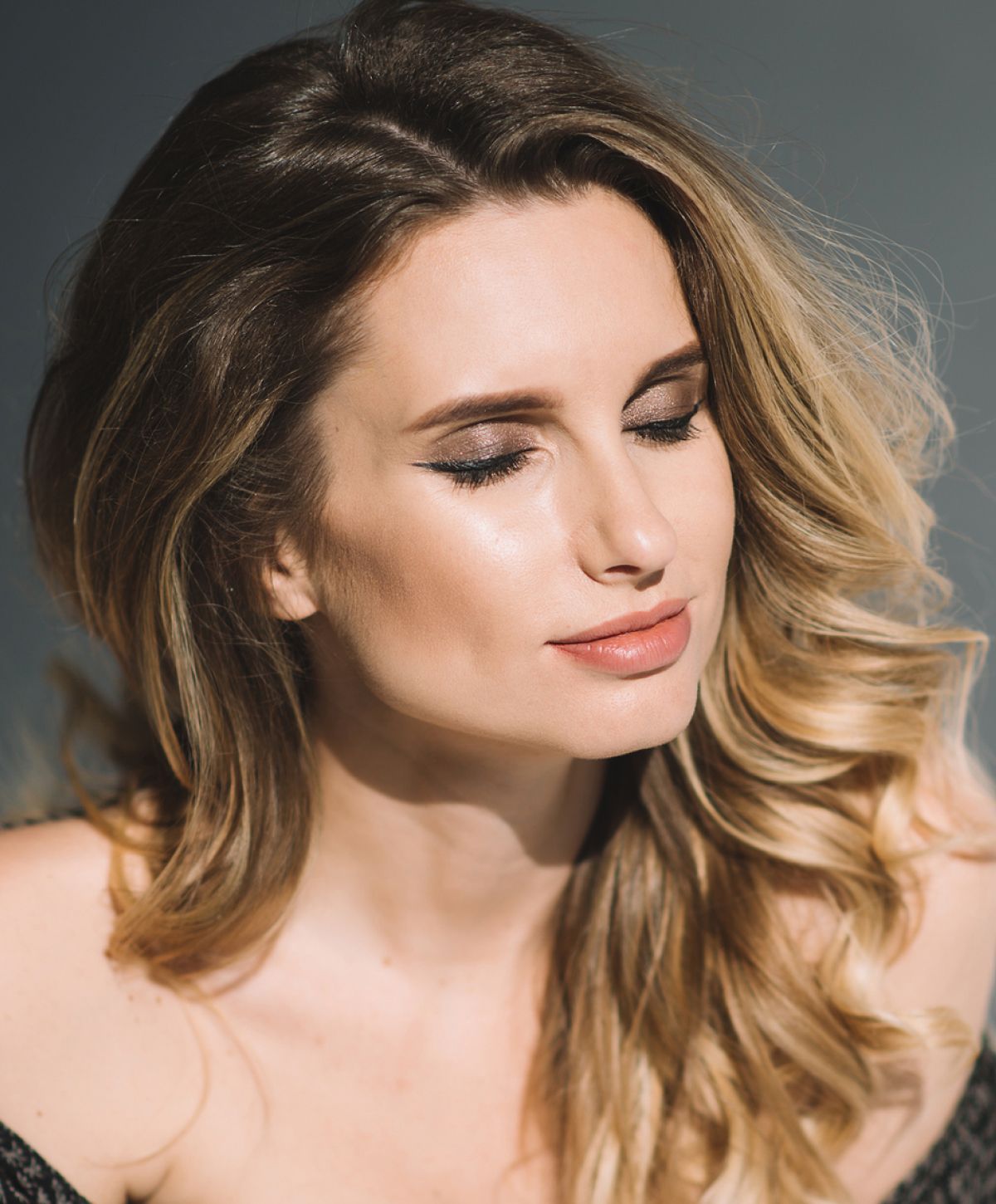

A Lighter Lid Changes How Your Whole Face Reads
When extra skin gathers on the upper lids, liner smudges, photos feel heavy, and your eyes look tired no matter how many hours you slept. Upper blepharoplasty—an upper eyelid lift—removes that weight and restores a clean lid platform. This page lays out what the surgery involves, who it helps, how recovery actually feels, and what to expect at our Beverly Hills practice.
Precision Over Trends
Upper lid surgery is a game of millimeters. Taking too much skin flattens the natural upper eyelid crease. Taking too little leaves the problem behind. At Nazarian Plastic Surgery, Sheila Nazarian, MD, MMM (board-certified in plastic and reconstructive surgery) plans each eyelid surgery around your anatomy—brow position, levator strength, skin thickness, preaponeurotic fat, and how your makeup sits on the lash line. We map both eyes seated and reclined so crease height doesn’t drift once swelling fades. Incisions follow your natural folds; removal is measured, not aggressive. Cases run in an accredited Beverly Hills suite with local anesthesia and light sedation or, when appropriate, general anesthesia. The goal is simple: a clean, natural platform that still looks like you—just fresher.
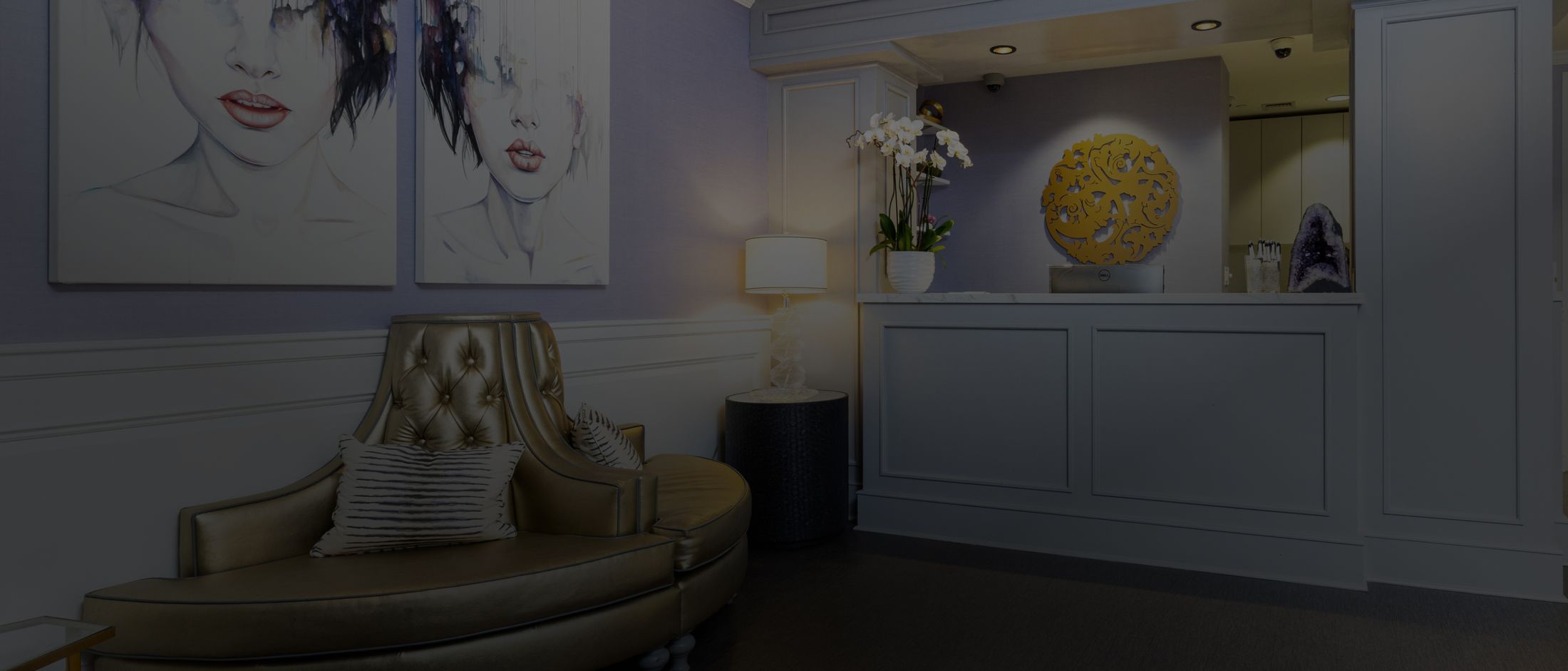
Anatomy, Not Hype
At our practice in Beverly Hills upper blepharoplasty (upper blepharoplasty surgery) removes a measured strip of skin and, when indicated, a thin ribbon of muscle or a small pocket of excess fat that blunts the crease. The fine line hides in the existing or planned fold of the upper lids. For patients with ptosis—a weak eyelid muscle that lowers the lid margin—we may add a precise levator tightening so the eye opens to a normal height. Think of it as clearing the stage and resetting the curtain so your eyes look open and balanced without changing their shape.
Upper blepharoplasty can be purely cosmetic, purely functional, or both. Some patients come in for droopy eyelids that make eyeliner impossible. Others notice peripheral vision improves when skin no longer drapes over the outer field. Either way, the plan is tailored to your face, not a generic template.
Lighter Lids, Brighter Eyes
Most patients notice the impact the first time they apply makeup after healing. There’s actual space for liner and shadow. The natural folds look defined, not carved. Brows can sit where they belong instead of compensating for weight. In select cases, removing excess tissue at the crease can ease the feeling of heaviness and sharpen the outer visual field.
You can expect a more youthful appearance that reads well in natural light and on camera. The face looks rested. Lashes show again. And the lift often makes lower-face lines feel less prominent because the upper face no longer draws the eye downward.
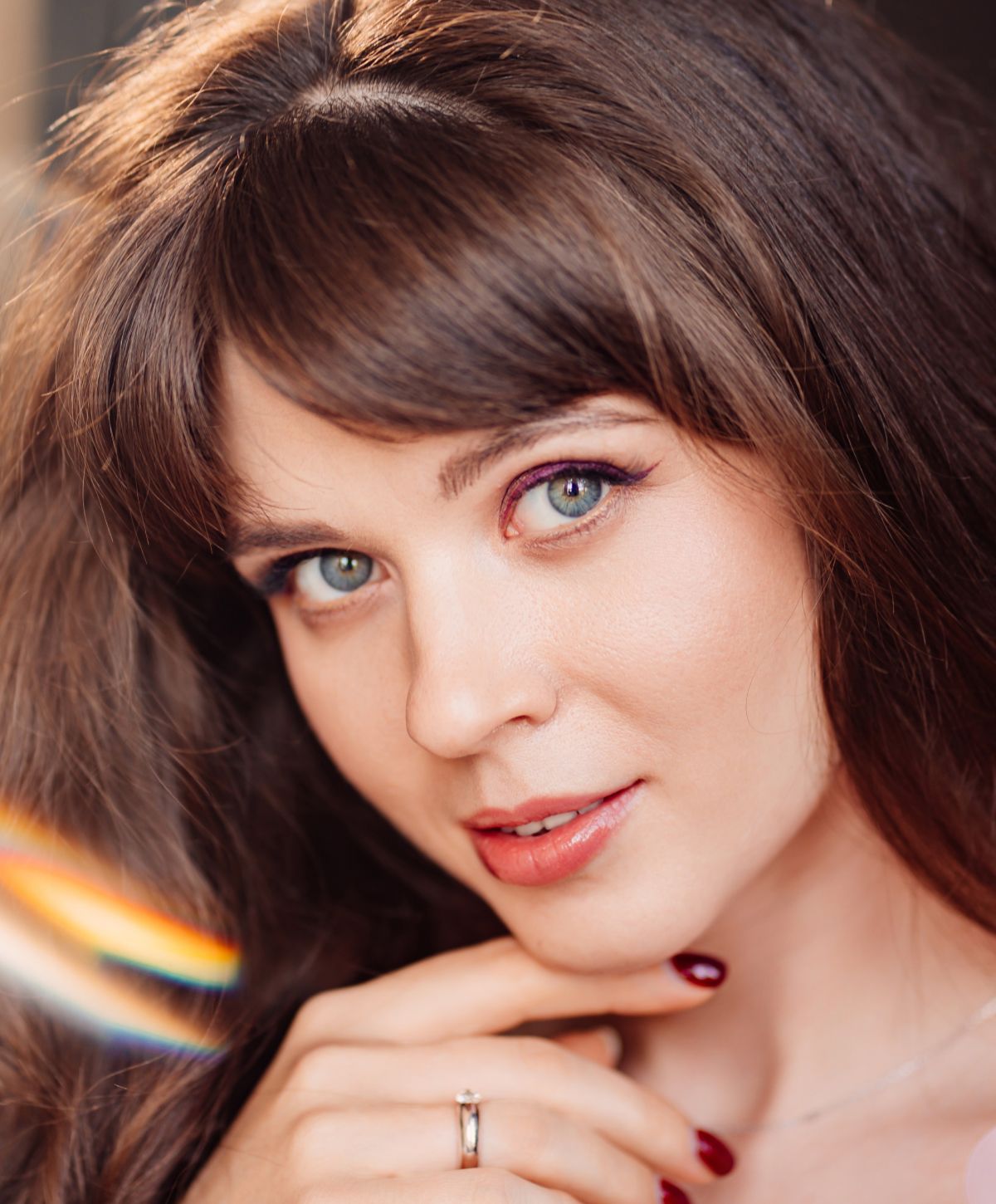
Green-Light Criteria
Good candidates are healthy adults with visible sagging skin on the upper lids, stable goals, and realistic expectations. If your brows have drifted down with the natural aging process, a conservative brow lift may be discussed; lifting the brow without a plan can crowd or over-open the lids, so sequencing matters. If you wear contacts, have dry eye, or a history of thyroid eye disease, we’ll adjust the aftercare and may ask your eye doctor to weigh in. Patients on isotretinoin should postpone surgery until cleared. For clear ptosis, we measure levator function and may add a small repair so lid height matches side to side.
When lower lids show fine lines, pigment, or fullness, we can stage lower eyelid surgery, laser resurfacing, or very conservative dermal fillers to balance the frame. The goal is harmony across upper and lower eyes, not overcorrection in one zone.
Uncontrolled hypertension, bleeding disorders, poorly managed thyroid eye disease, and other uncontrolled medical conditions raise the risk. Severe dry eye may push us toward more conservative planning or co-management with your eye doctor. Active eyelid dermatitis needs to be calmed before surgery. If you smoke or vape nicotine, we’ll insist on a pause on our timeline; blood flow and scar quality depend on it.
From Hooding to Heaviness
Upper blepharoplasty focuses on low-hanging upper lids where eyelid skin rests on or over the lashes. It improves an uneven crease, soft fullness from preaponeurotic fat, and make-up transfer from lid to brow bone. In some patients, the change has functional benefits—relieving the sense of heavy lids and, when documented, improving peripheral vision. For dark circles or lower-lid bags, we plan separate care; those concerns live under the eye and require a different approach.
Set Up for a Clean Heal
In our Beverly Hills office, we examine brow position, crease height, skin excess, and fat distribution. We photograph seated and reclined to catch height drift and asymmetry. You’ll preview crease options and see exactly where the fine line will live. We review medications and supplements to pause weeks prior, set ride-home plans, and outline a light first week. If you’re considering double eyelid creation, lower blepharoplasty, or brow lift, we build a treatment plan that sequences those moves for a calm healing process.
A few housekeeping notes: plan to sleep head elevated at first; have small gel packs ready; stock preservative-free eye drops if dryness flares. Contact lenses take a short break until the incisions seal. If you’re under the care of a board-certified ophthalmologist, bring recent notes; when ptosis or lacrimal issues enter the picture, we collaborate with an ophthalmic plastic or board-certified oculoplastic surgeon as needed.
OR Day, Simplified
Most cases use local anesthesia with oral or IV sedation. After precise markings, a fine incision sits in the natural upper eyelid crease. We remove a thin strip of excess skin and, when helpful, a small sliver of orbicularis muscle or preaponeurotic fat to sharpen the fold. If planned, ptosis repair tightens the levator to lift the lid margin. Closure uses micro sutures so the line fades into the crease. Surgery time runs 45–90 minutes. You leave in dark glasses with cold-compress and ointment instructions and a clear list of do’s and don’ts.
If the lower lids also need work, we may stage lower eyelid surgery or a light laser resurfacing pass under the eyes at a later visit. Pairing everything in one day isn’t always kinder to the skin; your plan will favor clean healing over rushing.
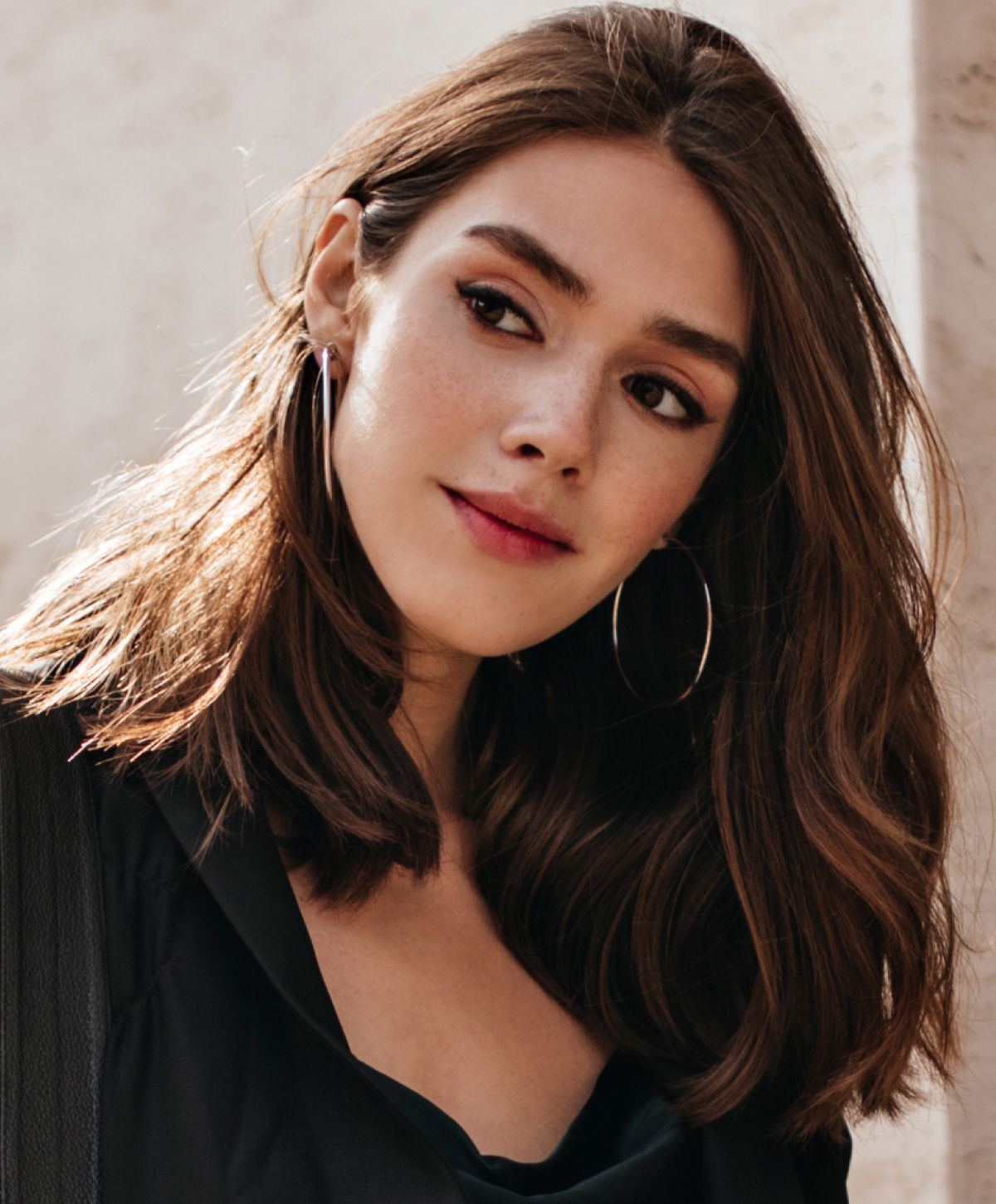
Swell, Settle, Refine
Swelling and mild bruising peak on days two to three. Surgical tape protects the line. Most patients feel camera-ready for work in seven to ten days. External sutures come out around day five to seven. The crease can look high early; it softens over six to twelve weeks as edema fades and the scar thins. Keep incisions clean, avoid rubbing, and hold sweaty training until cleared. Sleep head elevated, limit salt for the first days, and protect the area from the sun. Once the line seals, sunscreen and gentle scar care start.
Short answers to common worries:
Technique Notes
Incision placement follows your existing crease unless asymmetry argues for a small shift. Taking too much skin can prevent full eye closure; taking exactly what you need clears weight without flattening the fold. Removing excess fat is conservative by design; hollow upper lids age a face. If the brows sit low, we may propose a subtle brow lift or defer it if your forehead already does the job. Lower-face concerns—crow’s feet, facial wrinkles around the eyes—can be treated with topical care or staged laser resurfacing once the lids settle. Every move respects the delicate skin around the eyes.
Two Neighborhoods, Two Rulebooks
Upper lids carry extra skin and fullness; lower lids carry skin quality changes, muscle laxity, and fat pockets that create eye bags or a harsh lower lash line. Upper work clears the platform above the lashes. Lower lid surgery addresses bags, laxity, and texture below. Some patients do both; many stage them so each area heals in peace. If you only have dark circles, we may start with skin care, light laser, or conservative filler before considering lower-lid surgery.
What You’re Paying For
Upper blepharoplasty cost varies with scope (skin-only vs. skin and fat), need for ptosis repair, anesthesia, and time in the suite. Your written quote includes surgeon, anesthesia, facility, garments (if used), and routine follow-ups. Fees in Los Angeles and Beverly Hills reflect accredited-facility staffing and experienced teams.
We’re a self-pay practice and don’t bill insurance. If you plan to seek reimbursement on your own, we can provide an itemized statement with codes; any approval rests with your plan. HSA/FSA cards are welcome when allowed. We also partner with medical financing companies for monthly payments that fit your budget.
Some patients pair or later add small-dose Botox for lines, dermal fillers for a conservative tear-trough blend, or laser resurfacing to smooth texture without adding volume. Others stage a lower blepharoplasty or subtle brow lift once the upper lids settle. You don’t need everything at once; your treatment plan should respect your calendar and the way you heal.
Meet in Beverly Hills to map your crease, review photos, and see how upper blepharoplasty Los Angeles patients navigate recovery while working, parenting, and training. We’ll set clear timelines, answer every question, and build a plan that protects the eye and delivers a more youthful appearance without drama.
Call (310) 263-8239 or request a consultation.
During surgery, you’ll feel pressure, not sharp pain. After, most patients do well with cold packs and over-the-counter medication.
Plan seven to ten days away from public-facing events. Swelling refines over several weeks; the line fades with time and sun protection.
Skin keeps aging, but the lift lasts for years. Many patients enjoy results for a decade or longer before considering a touch-up.
Yes. Some patients combine; others stage. We’ll map timing around your calendar and what’s kindest to your skin.
Yes, once the line seals and your surgeon clears you. We’ll give a date at your follow-up.
We’ll measure brow position. Sometimes a small brow lift helps the frame. Sometimes upper blepharoplasty alone does the job. The plan is case-by-case.
A board-certified plastic surgeon performs upper blepharoplasty. When ptosis or complex eye issues are present, we coordinate care with your board-certified ophthalmologist or a trusted oculoplastic colleague.
